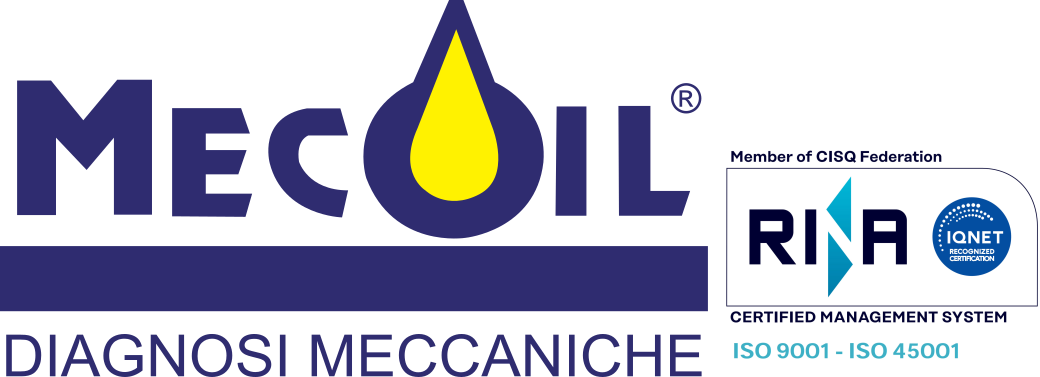If human life expectancy (in developed countries) has almost doubled over the last century, the cause is to be found in the progress of medicine, as the prevention and treatment of diseases at an early stage.
In the past the most invasive surgeries received the greatest attention (and greatest success in economic terms) from the public; the ability to prolong the procedures, making them increasingly “radical” and imagining a time when we could substitute worn parts ad libitum was the true frontier of research.
In reality, the most substantial improvements in human living conditions have been achieved through less showy paths. Personal hygiene (a direct consequence of the availability of drinking water) and especially the simple act of brushing your teeth, have led to resounding successes in eradicating chronic forms of infection. Daily dental care prevents the formation of bacterial deposits, precursors of hard precipitates (tartar) that facilitate gingivitis and cavities. The consequence of losing teeth (as a result of more severe cases of pyorrhea) leads to incomplete mastication, with subsequent serious consequences on the gastrointestinal tract.
The eventual anaerobic infection can cause an abscess (only an annoying pain in this phase) that if long neglected can trigger a wider inflammation called Reuma, which can have serious cardiac repercussions.
This chain of events can in some cases go unnoticed, and “palliative remedies” can make people erroneously think that the phenomenon has been contained or resolved, without going to the root cause of the problem. In support of traditional medicine, in the 1950s clinical Diagnostics started to become widespread, which, through minimally invasive blood tests, managed to present a true picture of an individual’s health condition.
In the mentioned case of an acute dental abscess, the examination of the ESR (the time of sedimentation of the corpuscular part of the blood) would indicate some certainly altered values. A general examination (which would simply indicate an inflammation) is very inexpensive, but paired with the patient’s feeling of discomfort, it can guide the doctor toward the most appropriate therapy to delimit the affected area.
If it becomes necessary to resort to more detailed investigations, we can proceed with Ultrasound (where applicable) or X-ray scans of the areas to be checked.
